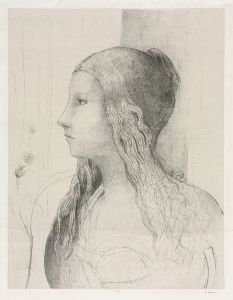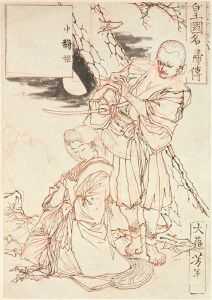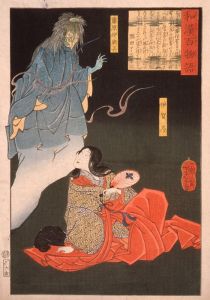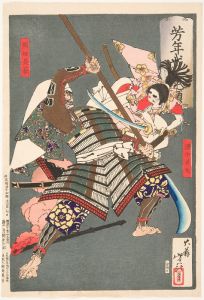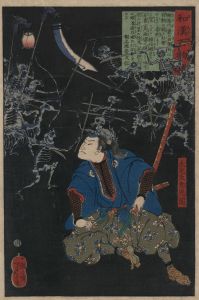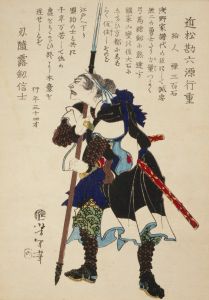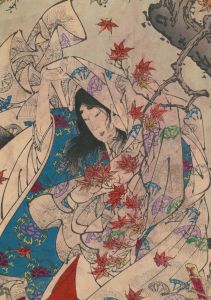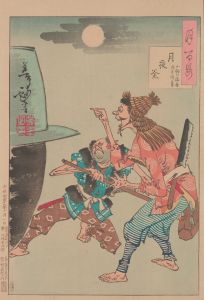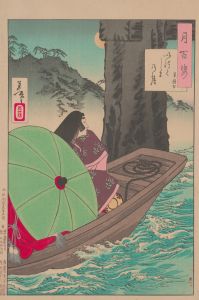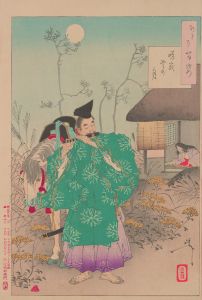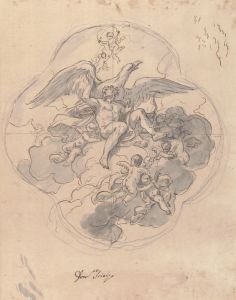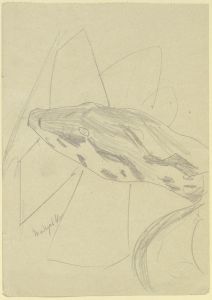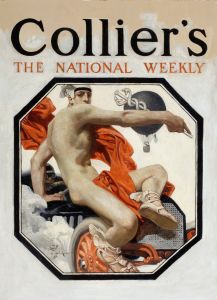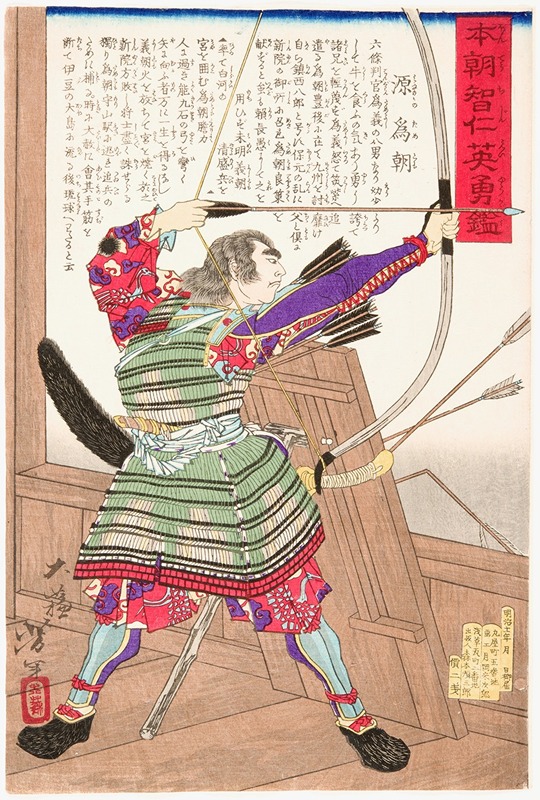
Minamoto no Tametomo with a Bow
A hand-painted replica of Tsukioka Yoshitoshi’s masterpiece Minamoto no Tametomo with a Bow, meticulously crafted by professional artists to capture the true essence of the original. Each piece is created with museum-quality canvas and rare mineral pigments, carefully painted by experienced artists with delicate brushstrokes and rich, layered colors to perfectly recreate the texture of the original artwork. Unlike machine-printed reproductions, this hand-painted version brings the painting to life, infused with the artist’s emotions and skill in every stroke. Whether for personal collection or home decoration, it instantly elevates the artistic atmosphere of any space.
"Minamoto no Tametomo with a Bow" is a woodblock print by the renowned Japanese artist Tsukioka Yoshitoshi, who was active during the late Edo and early Meiji periods. Yoshitoshi is celebrated for his innovative approach to ukiyo-e, a genre of Japanese woodblock prints and paintings that flourished from the 17th through the 19th centuries. His works often depicted historical scenes, kabuki actors, beautiful women, and supernatural themes, reflecting both traditional and modern influences.
The subject of this particular print, Minamoto no Tametomo, was a legendary samurai of the late Heian period. He was a member of the Minamoto clan, which played a significant role in Japanese history, particularly during the Genpei War, a conflict between the Taira and Minamoto clans that ultimately led to the establishment of the Kamakura shogunate. Tametomo is famed for his exceptional archery skills and is often depicted in Japanese folklore and art as a heroic figure.
In Yoshitoshi's depiction, Tametomo is shown wielding a bow, emphasizing his prowess as an archer. This portrayal aligns with historical accounts and legends that highlight his strength and skill in battle. According to some stories, Tametomo was so powerful that he could shoot arrows with enough force to sink enemy ships. This legendary feat is part of what has made him a popular subject in Japanese art and literature.
Yoshitoshi's print captures the drama and intensity associated with Tametomo's character. The artist's use of bold lines and dynamic composition brings the scene to life, showcasing his mastery of the woodblock printing technique. Yoshitoshi was known for his ability to convey emotion and movement, and this print is a testament to his skill in capturing the essence of his subjects.
The historical context of Yoshitoshi's work is also significant. During his lifetime, Japan was undergoing a period of rapid modernization and Westernization. The Meiji Restoration, which began in 1868, marked the end of the Tokugawa shogunate and the restoration of imperial rule. This era saw significant changes in Japanese society, culture, and politics. Yoshitoshi's work, including "Minamoto no Tametomo with a Bow," reflects a blend of traditional Japanese themes with new artistic influences that emerged during this transformative period.
Yoshitoshi's prints are highly regarded for their artistic quality and historical significance. They provide insight into the cultural and social changes occurring in Japan during the late 19th century. "Minamoto no Tametomo with a Bow" is an example of how Yoshitoshi drew upon historical and legendary figures to create works that resonated with contemporary audiences while preserving traditional Japanese art forms.
Today, Yoshitoshi's prints are appreciated by art collectors and historians alike. They are considered valuable cultural artifacts that offer a window into Japan's past. "Minamoto no Tametomo with a Bow" remains a notable example of Yoshitoshi's ability to blend historical narrative with artistic expression, capturing the imagination of viewers both in his time and in the present day.






